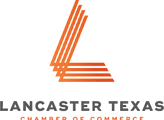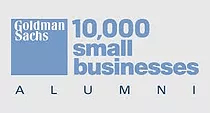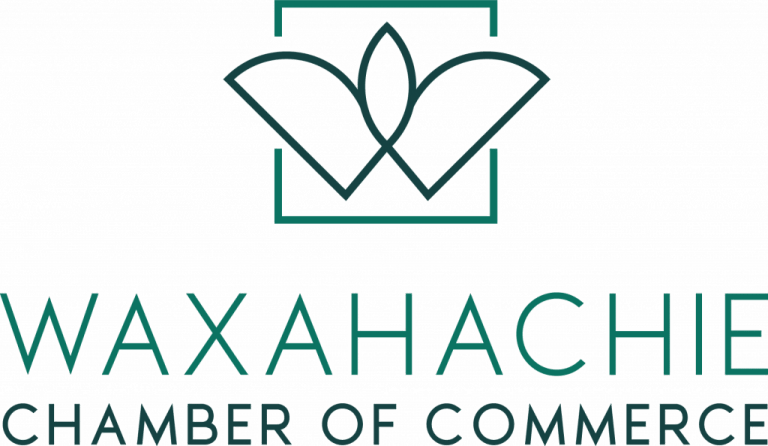Keeping the workplace safe is a high priority for every employer. If your policies or work spaces aren’t up to appropriate standards, however, the risk of harm increases.
Here’s what every employer needs to know about how to conduct a safety audit.
Why Audit?
No one on your team has reported an injury in months or even years. Your weekly inspection forms are pristine. Do you really need an audit?
The answer is yes. A safety audit is a proven method of determining whether your good safety record is the result of effective policies – or if you’ve merely been lucky. An audit evaluates safety plans’ effectiveness, ensures that procedures are appropriate for current equipment, methods and laws, and ensures that established procedures are clearly communicated and followed.
How to Conduct a Safety Audit
To start the audit process:
1. Prepare for an audit.
Decide who will perform the audit, what you will examine, and what you’re looking for. If you choose an internal team, include multiple perspectives: production line workers, managers and people from other areas of the company. Set goals and standards for the audit so the team focuses on what matters most.
2. Carry out the plan.
Examine written plans and procedures, so auditors know what they’re looking for. Then, examine safety procedures “in action.” Talk to staff who use the procedures, both to check their current knowledge and to find out what works well and what could be improved. Consider using checklists or rubrics so that each auditor’s findings can be measured against those of other auditors.
3. Create an audit report.
When the audit is finished, have team members compile their notes into a report that summarizes their results. Focus on both the positive and negative findings, and ask the team to recommend actions and areas for improvement.
4. Prioritize needed changes.
Some items discovered during the audit may demand immediate attention for the safety of workers and visitors. Others may be relatively minor items or things that need continual monitoring or gradual improvement. Whichever “mix” your auditing team finds, ask them to prioritize the changes that are necessary, then assign tasks as needed to implement those changes.
Eclipse Professional Services supports companies through out North Texas with Skilled Industrial Labor in the Logistics, Manufacturing and Warehousing skills sets on Temp To Hire basis. Contact us at 214.331.7502, if you are looking for new opportunities or to increase the capacity of your work force.





